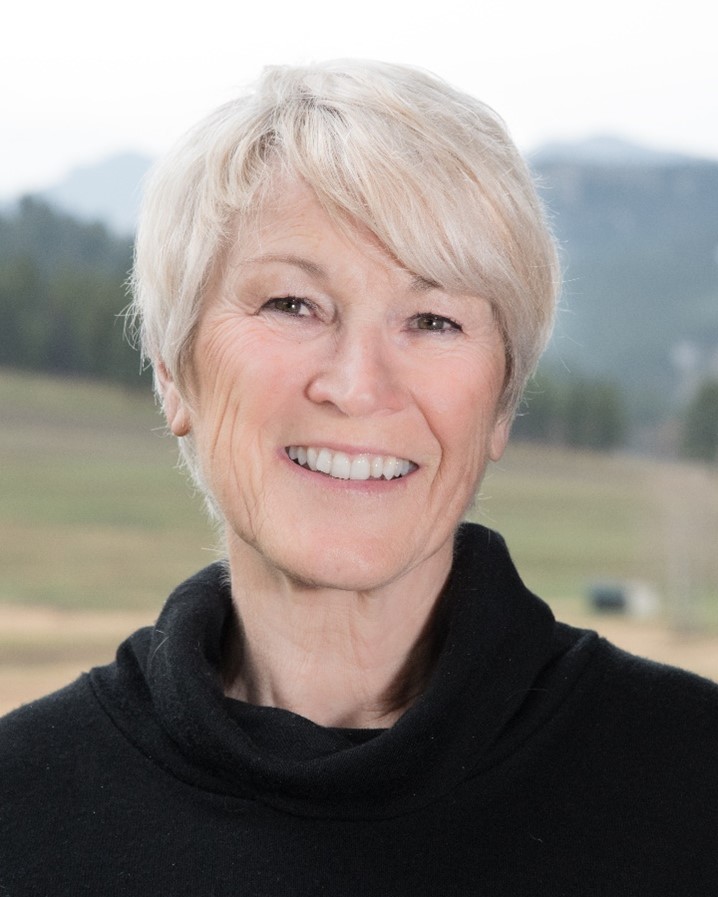LIFTMOR - Lifting Intervention For Training Muscle and Osteoporosis Rehab

For the past 20 of my 49 years as a physical therapist, I have been focusing on osteoporosis management thanks to the intervention of Sara Meeks who began studying osteoporosis in the 1980s before it was even a “thing.” The WHO did not identify osteoporosis as a systemic disease until 1993! About 15 years ago, after attending all of Sara’s Osteoporosis seminars, she selected my current business partner, Frank Ciuba, and I to “carry the torch.” Since then, we have been teaching her course with updated evidence, additions, and new research as it becomes available.
According to the Bone Health and Osteoporosis Foundation, 50% of individuals over age 50 are diagnosed with low bone density (osteopenia or osteoporosis) and many assume the only therapy option is medication.
Not so fast!
While some individuals may need bisphosphonates or anabolic drugs to get control of their rapidly decreasing bone strength, everyone can benefit from exercise. And research is showing that exercise can slow bone density loss and even help increase it. But it must be the right exercise, performed correctly and consistently.
Even though strength training consisting of high-intensity resistance and impact training (HiRIT) has been shown to build bone, it is not traditionally recommended for individuals with osteoporosis because of the perceived high risk of fracture.
Today I want to talk about the LIFTMOR Trial. LIFTMOR stands for Lifting Intervention For Training Muscle and Osteoporosis Rehab. This program, from Australia, utilizes brief, bone-targeted HiRIT with impact loading for post-menopausal women with low bone mass. It found that there was an increase in bone density compared to the more traditional low-intensity exercise program, and no adverse effects other than one report of minor lower back spasm. Additionally, functional measures such as TUG, 5 Times Sit-to-Stand, and Functional Reach improved.
As rehab practitioners, and especially PTs and OTs treating people with fragile bones, when it comes to exercise prescription, the question is often, “How much is too much?” As the ancient Greek physician, Hippocrates said, “Primum non nocere.” First, do no harm! So often we default to being gentle with our elderly, frail population in order to not harm them. Don’t get me wrong. I’m not saying we should have them all doing Burpees! One of the standout aspects of the LIFTMOR trial was lifting weights at 85% of 1 Rep Max compared to the Control group who worked at 65% of their 1 Rep Max. The report, according to the American Society for Bone and Mineral Research in 2017 reads: Contrary to current opinion, HiRIT was efficacious and induced no adverse events under highly supervised conditions for our sample of otherwise healthy postmenopausal women with low to very low bone mass.
“Highly supervised conditions.” I think that’s the key. We must make sure that our patients are educated and can demonstrate proper alignment and body mechanics. And of course, we must provide the correct exercises. And then increase the weights methodically with continued supervision to load the bones once our patients have the proper technique. Many patients (and therapists) want to know, does exercise really build bone density? Not to be coy, but my answer is often, “It depends.”
It depends on whether it’s the right exercises, performed with proper technique, and good compliance by the patient. Then yes, exercise does build bone density. One of our challenges though, is in trying to follow the evidence, is that “Exercise” means many different things to different people. Even the professionals! Teaching the wrong exercises can be unsuccessful at best and possibly catastrophic (causing a fracture) at worst!
That’s why Frank and I, with Sara’s blessing, created this program that is exercise-specific, based on solid evidence, and one that can be shifted into gear first thing on Monday morning.
Osteoporosis Management is scheduled for this spring and fall. Consider joining us in the remote course on April 27th or September 14th. We hope to see you soon!
AUTHOR BIO:
Deb Gulbrandson, PT, DPT has been a physical therapist for over 49 years with experience in acute care, home health, pediatrics, geriatrics, sports medicine, and consulting to business and industry. She owned a private practice for 27 years in the Chicago area specializing in orthopedics and Pilates. 5 years ago, Deb and her husband “semi-retired” to Evergreen, Colorado where she works part-time for a hospice and home-care agency, sees private patients as well as Pilates clients in her home studio and teaches Osteoporosis courses for Herman & Wallace. In her spare time, she skis and is busy checking off her Bucket List of visiting every national park in the country- currently 46 out of 63 and counting.
Deb is a graduate of Indiana University and a former NCAA athlete where she competed on the IU Gymnastics team. She has always been interested in movement and function and is grateful to combine her skills as a PT and Pilates instructor. She has been certified through Polestar Pilates since 2005, a Certified Osteoporosis Exercise Specialist through the Meeks Method since 2008, and a Certified Exercise Expert for the Aging Adult through the Geriatric Section of the APTA.
She can be reached at This email address is being protected from spambots. You need JavaScript enabled to view it.
By accepting you will be accessing a service provided by a third-party external to https://hermanwallace.com./






































